SMEs requires timely action of GST Council, Ministry of Finance – Few suggestion for budget 2020
Two years have been passed, since the implementation of Goods and Services Tax Act, 2017. In this article I’m just trying to convey some common practical difficulties that are facing by the SMEs (Small & Medium Enterprises) in their day to day business. A timely action is very much required to be taken by the Ministry of Finance & GST Council (herein after referred to as MOF & GC).
1. Issue w.r.t. – Input Tax Credit (ITC)
Generally In business, someone’s purchase is a sale to the other & vice versa. Therefore we have to see SMEs in two angles, one as a purchaser/recipient & other as a seller/supplier. Most of the suppliers to the SMEs are also comes under the same category of SMEs. So kindly go through the issue in this backdrop. The difficulties faced by SMEs both as a recipient and as a supplier are closely interrelated. How??
SMEs as a Recipient
We shall commence with the difficulties faced by SMEs as a Recipient. Hope you know Section 16 of CGST Act, 2017 which deals with the eligibility criteria for registered person for the entitlement of ITC. Where, one of the proviso deals with the time limit for the payment by recipient for the supply received from the suppliers. It says, “If the recipient fails to pay to the supplier within the period of 180 days from the date of issue of invoice by the supplier, an amount equal to ITC availed by the recipient shall be added to his output tax liability along with applicable interest rate w.r.t. sec.50”. In other words, by considering all conditions at sec.16 along with aforesaid proviso, a registered person (recipient) is entitled to take ITC.
Recently, CBIC inserted a sub-rule (4) to rule 36 of CGST Rules, 2017 vide notification no. 49/2019-CT, dated 09/10/2019. In simple terms, according to the said rule, “From the returns for the period of Oct 2019 (i.e. in Nov 2019 for invoices from 09/10/2019),
1. Recipient is entitled to take ITC of 120% of eligible ITC (after considering sec.17 & especially sec.17(5)) in total ITC reflected in GSTR-2A or
2. Actual full eligible ITC, if the aforesaid option exceeds actual full eligible ITC” and balance ITC if any as per option 1 can be claimed in succeeding months provided the details of requisite invoices are uploaded by the suppliers in GSTR 1.
At 38th GST Council Meeting held on 18th Dec 2019, the MOF in consultation with other state representatives, further amended the Rule 36(4) & reduced the 120% to 110%. Therefore all the aforesaid provisions deals with the conditions made by MOF & GC to avail ITC by the recipient, in order to curb the fraudulent practices by some registered persons. Ok fine. In fact the MOF & GC knows very well that the reflection of ITC in GSTR-2A is only possible by means of prompt filing of GSTR 1 by the supplier.
In this scenario, What if the supplier fails to file the GSTR 1 return? The answer is simple, the ITC will not reflect in GSTR-2A & thereby it will ultimately hit the recipient by means of unnecessary outflow of money to pay tax instead using ITC & it will influence the working capital of the SMEs to some extent. So generally a question will arise. What are the steps taken by MOF & GC to make the suppliers to file their GSTR-1 without any fail & as well as within the due date?
At last in 38th GST Council meeting, MOF & GC made late fee waiver announcement for the non-filers of GSTR-1 from July 2017 to Nov 2019 provided if they filed the return within 10th Jan 2020. We have to say “best of luck” to the MOF & GC for their hope on the registered persons who didn’t file their GSTR 1 right from the implementation of the act to till date. For your information, already MOF & GC made certain classes of small scale registered persons to file their GSTR-1 return on quarterly basis. I really don’t know whether the MOF & GC have gone through these provisions & considered its practical impact before implementing the rule 36(4) & further related amendments in the said council meeting. What is wrong with it? Again a question arises.
Sir, ITC in GSTR-2A will reflect only if the GSTR-1 is promptly filed by the supplier. You have made the rule 36(4) & restricted ITC to 110% of eligible ITC in total ITC reflected in GSTR-2A. On the other side you already gave an option for certain classes of Small scale registered persons to file GSTR-1 in quarterly intervals. As a registered person, I will get ITC in GSTR-2A on every month only if my supplier files GSTR-1 on monthly basis otherwise I will get it only when my supplier files their quarterly returns. So as per the rule 36(4), it is very necessary for me to have maximum ITC needs to be reflected in GSTR-2A to meet out the criteria given over there. Already there is lot problem with monthly GSTR-1 return filers & now this one added fuel to the fire & creating unnecessary confusions.
As a recipient why don’t you intimate your supplier to file the GSTR-1 promptly? Is the next question. Sir, as a recipient it is absolutely not my business to verify whether my supplier filed their returns or not & is absolutely the work of the tax officials. A recipient’s job is done with making payment to the said supplier within the aforesaid timeframe of 180 days. Then there arises a further question. Why don’t you intimate your purchases to the department? Sir, for that I required GSTR-2 return & the same is in the state of deferred since the implementation of GST Act, July 2017 for some technical reasons.
Overall with the aforesaid provisions, every genuine SME taxpayer is suffering a lot. How come a recipient can be held responsible for the supplier’s mistake? It seems, the MOF & GC is very passionate with collecting revenues by means of making GSTR-3B as a mandatory filing for all the classes of registered person on monthly basis. In fact, “if a registered person didn’t file the GSTR-3B for two consecutive months, he couldn’t able to generate the E-way bill” is what the recent implementation by the said department. Further in 38th GST Council meeting, MOF & GC have planned to issue a standard operating procedures for tax officials to take action against non-filers of GSTR-3B. Why MOF & GC didn’t implement any such kind of action against non-filers of GSTR-1.
My Suggestion
As MOF & GC did in the case of non-filers of GSTR-3B, they need to take some departmental actions against the defaulters’ w.r.t. GSTR-1 as early as possible. Also it is very necessary to implement GSTR-2 or any other similar return to intimate the purchases made by the recipient & based on which also he should be given eligibility to take ITC. So kindly consider my suggestion in upcoming budget session planned to hold on Feb 2020 & also in new returns implementation process from 1st April 2020.
SMEs as a Supplier
As per the aforesaid proviso w.r.t. section 16, if payment to supplier is not made by the recipient within 180 days then the ITC availed by recipient will be added to the output tax liability after the expiry of due days along with the interest. Whether is it in practice? – Is a million dollar question.
Ok fine. But How the ITC availed by the recipient is added to his output tax liability? In this case, as per the provisions of sec.16 read with rule 37(1), the recipient has to voluntarily come and declare that they didn’t make payment to so and so supplier and hence I’m adding the ITC availed by me to my output tax liability along with applicable interest as per section 50 in GSTR-2 (As already discussed GSTR-2 is deferred till date). Kindly think, even though if GSTR-2 is in active, which recipient will do that?? Instead, MOF & GC might have given the opportunity in the hands of suppliers to declare the information about the recipients who have not made payment to them within 180 days.
Also some of the recipients are in wrong interpretation/understanding of the aforesaid proviso as; 180 days’ timeframe is given by MOF & GC to make payment to supplier & therefore no need to make any earlier payment to them. It seems they not even have the idea that 180 days are maximum timeframe given by the said dept. So it is also highly influencing the debt-collection period of the suppliers & there by working capital is getting stagnant with the debtors.
My suggestion
Kindly make an amendment in the aforesaid proviso to reduce the time limit to 90 days instead of 180 days. Also establish an option for the suppliers to add the input credit availed by the recipients to their output tax liability, if they fails to make the payment within 90 days of supply or the date issue of invoice by suppliers. Hope you will consider the same in upcoming budget session planned to held in Feb 2020 & also in new returns implementation process from 1st April 2020.
2. Issue w.r.t. – Uniform Tax Rate & Turnover threshold
One of the main features of the GST is it subsumed all the earlier taxes viz., Excise duty, service tax, vat, CST etc. And it created uniform tax rate separately for the each and every commodities and services supplied throughout the country. However it ceased the benefits of SMEs in one aspect. That too the SMEs which dealt with excisable commodities in earlier Indirect tax regime are suffering a lot. How?
In earlier tax regime, a manufacturer being an SSI unit was eligible for exemption from excise duty up to a turnover of Rs.150 lakhs during the current year provided the turnover in the previous year does not exceeds Rs.400 lakhs. Manufacturers can make use of the exemption in one of the following manners:
1. Claim exemption up to a turnover of 150 lakhs, pay excise duty (ED) over this limit and avail cenvat credit (CC) on inputs once the limit exceeds.
2. Without seeking exemption, pay full duty and claim cenvat credit on inputs from the beginning.
Whereas in GST there is no such partly exemption and partly payment of tax option as above. Even though this exemption was not enough at that time, anyhow it helped the SMEs to some extent. Instead of such schemes, in GST there is composition scheme as per section 10 and is entirely different from the above.
One thing I would like to know clearly from MOF & GC that, on ‘what basis they classified the corporates & small scale under same platform?’ how can you classify a product of big giant corporates having a turnover of more than Rs.1,500 – Rs.2,000 crores with a SMEs concern having a turnover of just Rs.5-10 crores under same tax rate. Mostly the mind-set of the people will go with the product having a mass brand image rather than the product having very low awareness among the buyers in the market. Only if SMEs supplied the same product in low price, the buyers will at least ready to look at the product.
On the other hand, cheque return cases from the debtors are increasing drastically. Also the increase in debt collection period is affecting the working capital of the SMEs. It requires a sudden infusion of additional capital into the business by SMEs. Suddenly a question will arise. Why SMEs can go for 59 minutes PSB loan being given up to Rs.1 crore without any collateral security??
Sir, First of all in 59 minutes PSB loan the bank is giving in-principle approval only and after the verification of all details including GST Returns & IT returns for 3 Previous years of the SMEs only they start considering that can we give loan or not and all. That too, bank officials rejecting the applications if the SMEs already had any loan with any other bank. Also most of the bank officials have only less awareness about the 59 minutes PSB loan, especially in the areas of down south. If the situation continues for more than 15 months, we will definitely suffer further huge employment crises.
My Suggestions
It is very right time for the MOF & GC in consultation with the ministry of MSME to take necessary actions to re-define the definition of MSME to increase the turnover threshold for the applicability of common tax rate as in the case of corporate companies who deals with similar products.
For example, Say a product X having 18% tax rate for both corporates & as well as for SMEs. SMEs seeks at least up to Rs.20 crores turnover of the product X (instead of 18%) – GC may charge 12% with ITC and more than Rs.20 crores – GC may charge 18% as in the case of similar corporate products & likewise it needs to implemented to products at other rate structures as well (i.e. 5%,12%,28%).
Also there requires a stringent departmental action or an act to overcome the cheque return cases & to control the debt collection period to avoid the working capital getting stagnant with the debtors. Though the ministry of MSME made some disclosure requirements in annual reports of the corporates w.r.t. payments pending against MSME, it is only a small relief. Finally the loan options like 59 minutes PSB loans needs to be extended to other SMEs who already having loan with other banks with sound track records in repayment.
So I request MOF & GC in consideration with Ministry of MSME to address the aforesaid problems faced by the SMEs as early as possible to avoid further employment crises & also to avoid monopoly market.









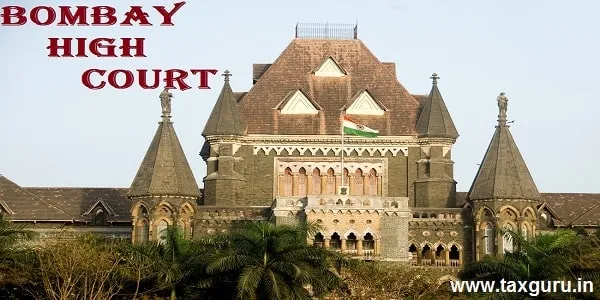

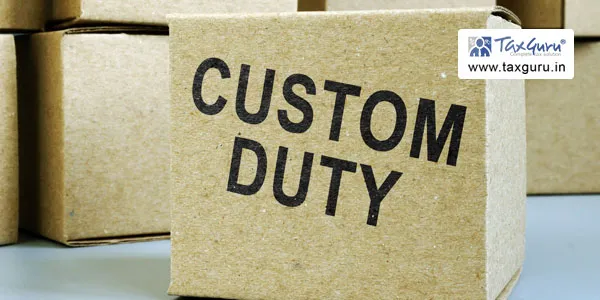


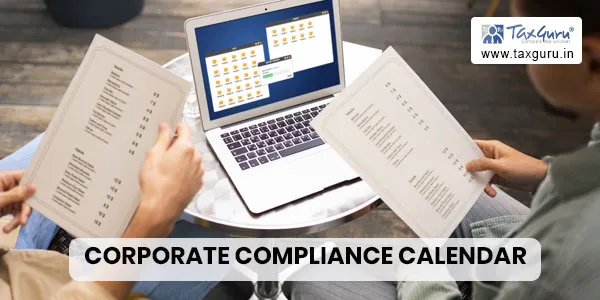

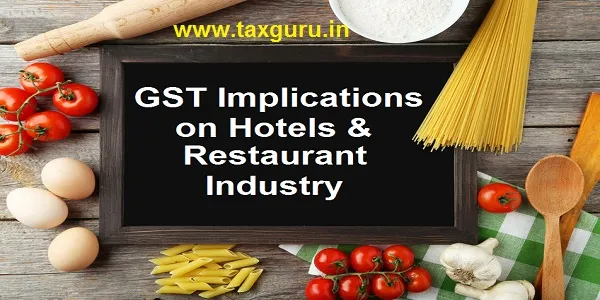



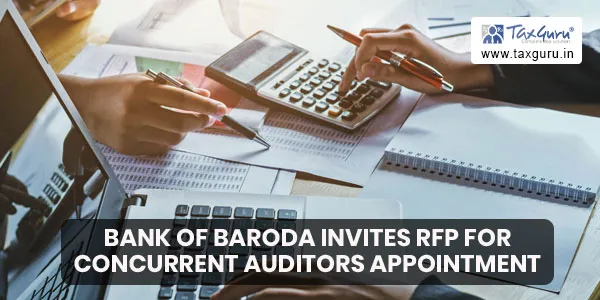
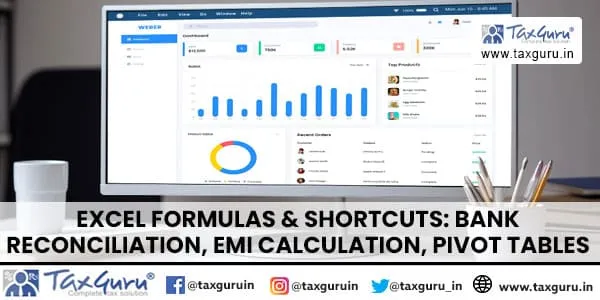
Useful Article 👍
Precise. Useful. Right to the point.
1.Almost 60% work of the Government will get comple by making filing of GSTR1 mandatory for businessmen on time. Splitting the return in by-month or quarterly only leads to unnecessary confusion.
2.All the types of Amendments with respect to Registrations are not at all solving by the officials, if at all considered, they taking too many days to complete process & that too after the approval, it is not at all reflecting in the Reg certificate itself. If we make any grievances application, that too also closing by the officials without solving the issue & also without stating the proper reason. This is my experience especially with state of Tamil Nadu. So the MOF & GC should immediately focus on the portal to rectify the same.
3.The Said 110% ITC entitlement w.r.t rule 36(4) seems to the punishment given by the govt for the genuine taxpayer.